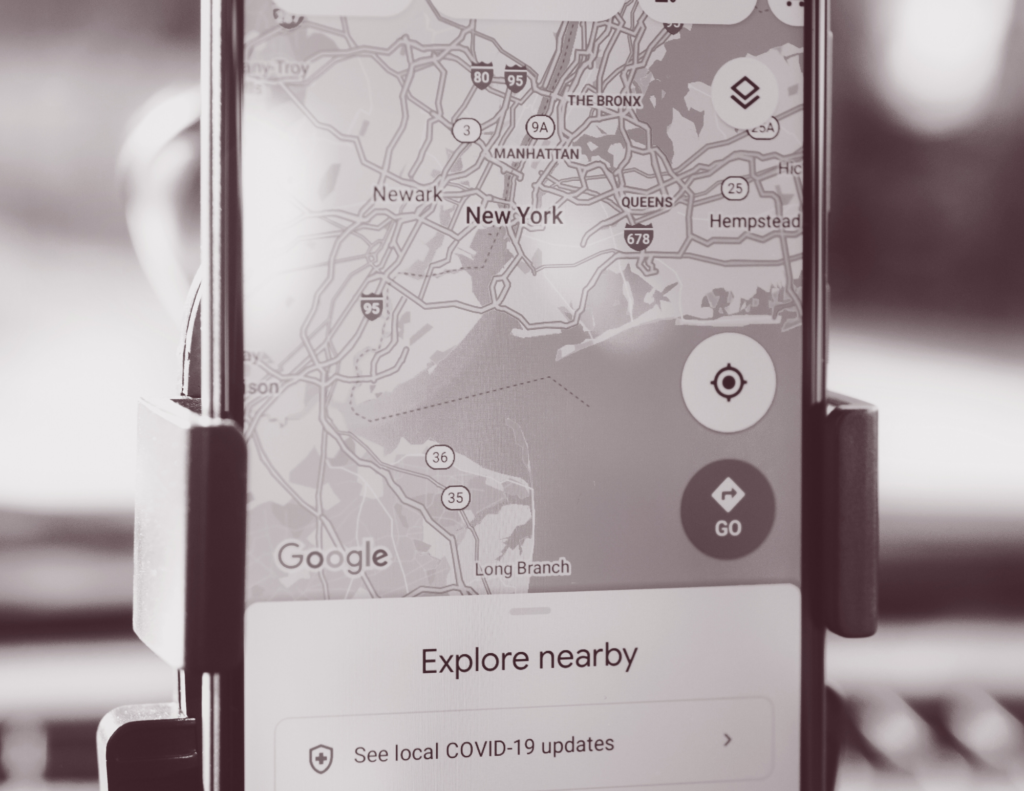In this guide, we’ll explore actionable SEO strategies to boost your Google Business Profile ranking and get your business Google Maps ranking to the top.
Why Google Business Profile and Maps Rankings Matter
Google Business Profile (formerly known as Google My Business) and Google Maps are powerful tools that help potential customers find your business. A higher ranking means better visibility, which can translate into more inquiries, visits, and sales. With local SEO becoming increasingly competitive, it’s essential to optimize your profile and stay ahead of the competition.
Step 1: Optimize Your Google Business Profile
The first step to improving your Google Business Profile ranking is ensuring that your profile is fully optimized.
- Complete All Information: Ensure every section of your Google Business Profile is filled out. This includes your business name, address, phone number, website, hours of operation, and a detailed description of what your business offers.
- Choose the Right Business Categories: Your business categories are crucial for ranking on Google Maps. The primary category should be the one that most accurately describes your business. Consider using a tool like Google Keyword Planner to research the most relevant keywords for your category. According to the latest Local Search Ranking Factors Report, selecting the optimal primary category can significantly impact your rankings.
- Keywords in Business Title: Including important keywords in your business title can be one of the fastest ways to improve your Google Business Profile ranking. However, be cautious with this approach. Google’s guidelines state that your business name should match your real-world name as it appears on your storefront and website. If your business is new, consider choosing a name that naturally includes relevant keywords. For established businesses, you might consider filing a “Doing Business As” (DBA) to incorporate these keywords legally.
Step 2: Encourage Customer Reviews
Customer reviews are a significant ranking factor for both business Google Maps ranking and Google Business Profile ranking.
- Request Reviews: Actively encourage satisfied customers to leave positive reviews. The number and quality of reviews are among the top factors that Google considers when ranking businesses. Aim for a steady stream of new reviews rather than a sudden spike, as consistency is key.
- Respond to Reviews: Engage with your customers by responding to their reviews, both positive and negative. This shows that you value customer feedback and are committed to improving your business.
- Leverage Photos in Reviews: Encourage customers to include photos in their reviews. Google prioritizes reviews with photos, often placing them above text-only reviews. This not only enhances your visibility but also gives potential customers a visual impression of your business.
Step 3: Use SEO Tools to Monitor and Improve Your Rankings
To stay ahead of the competition, it’s important to use SEO tools that can help you monitor and improve your Google rankings.
- Use Google Keyword Planner: Google Keyword Planner is an excellent free tool for researching keywords related to your business categories. It helps you identify which terms potential customers are searching for, allowing you to optimize your Google Business Profile accordingly.
- HubSpot SEO Tools: HubSpot SEO Tools offer comprehensive solutions for tracking your website’s SEO performance, including insights into how your business ranks on Google Maps and in local search results. These tools can help you refine your strategy and boost your business Google Maps ranking.
Step 4: Optimize for Local SEO Factors
Beyond the basics, there are several advanced local SEO tactics that can significantly improve your Google Business Profile ranking.
- Business Categories and Services: Make sure your primary and secondary business categories are accurate and relevant. Google Maps also allows you to add predefined services based on your business category. These services can help your profile appear in more specific searches, giving you an edge over competitors.
- Use Local SEO Tools: Tools like GMB Everywhere and PlePer Local SEO Tools are valuable for analyzing your competitors’ listings and identifying opportunities to improve your rankings. These tools provide insights into business categories, keywords in business titles, and review strategies that can make a significant difference in your business Google Maps ranking.
- Stay Updated with Local Ranking Factors: The Local Search Ranking Factors Report, compiled by top SEO experts, provides insights into the most important factors for ranking high on Google Maps. This report is a goldmine of information for anyone serious about improving their local SEO.
Conclusion
Improving your Google Business Profile ranking and business Google Maps ranking requires a combination of optimization, customer engagement, and strategic use of SEO tools. By following the steps outlined above and leveraging resources like Google Keyword Planner and HubSpot SEO Tools, you can increase your visibility and attract more customers. Remember, local SEO is an ongoing process, so continue to monitor your performance and make adjustments as needed. With the right approach, your business can rise to the top of Google Maps and local search results, driving more traffic and revenue.
